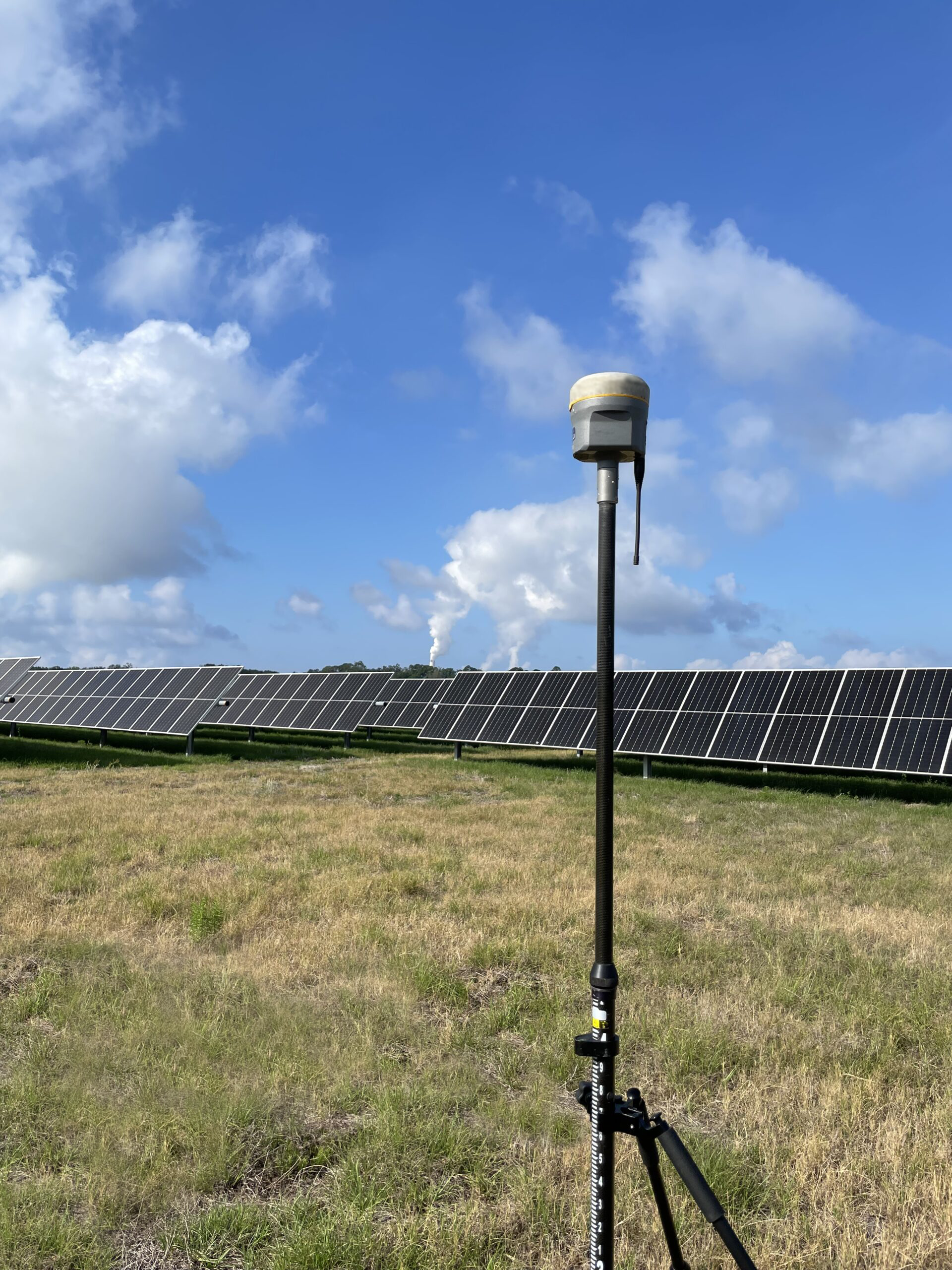Renewables
+
Turbines Staked
Million+
Acres Surveyed/Inspected
+
Miles of Line Surveyed
Services

Safety Is Our Priority
Safety is paramount in land surveying due to the inherent risks associated with working in diverse and sometimes hazardous environments. Landpoint, LLC takes great pride in our company’s safety culture, reflected in our overall statistical successes. We firmly believe that all work can be completed with the highest safety and quality. Surveyors are trained to adhere to strict safety protocols and use personal protective equipment (PPE) to mitigate these risks. Implementing safety management systems, utilizing technology, and adhering to industry best practices all reduce risks and promote a safe working environment for land surveyors.
